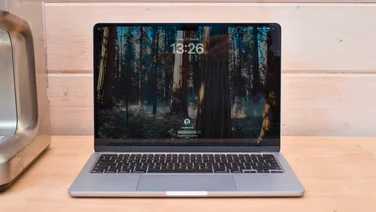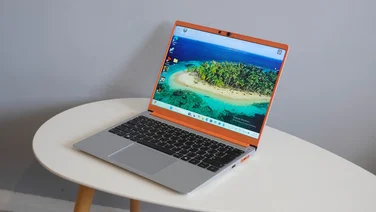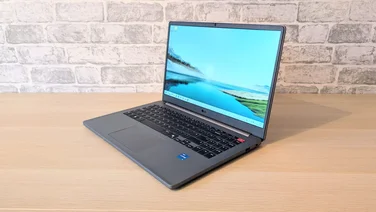To help us provide you with free impartial advice, we may earn a commission if you buy through links on our site. Learn more






Asus has created some fairly unique Lamborghini-branded products, most notably the VX6 netbook, but the monstrous VX7 might actually deserve its supercar badge – the 15in laptop is a top-end multimedia and gaming powerhouse, with the price and bonkers styling to match.

Underneath the head-turning chassis there are equally impressive components providing heaps of performance, both on the desktop and in games. The Intel Core i7-2630QM processor might only run at 2GHz, but Turbo Boost can push it up to 2.9GHz for a welcome performance increase in lightly-threaded applications. It managed an overall score of 75, helped by a rapid 71 in the single-threaded image editing test. Two massive 750GB hard disks provide more than enough space for a huge multimedia collection, which you’ll be able to back up to Blu-ray using the BD-writer optical drive.

Graphics performance comes courtesy of Nvidia’s GeForce GTX 460M, which might not be cutting edge any more, but is definitely still capable of playing most games – in Dirt 3 it managed a smooth 39.3fps at our default settings of 1,280×720 pixels, High detail and 4x anti-aliasing. It even achieved a superb 38fps at the VX7’s native 1,920×1,080 resolution once we disabled anti-aliasing.
The laptop may have Nvidia’s Optimus technology, which switches display duties to the processor’s integrated graphics when you’re not playing games, but the laptop still scored poorly in our light-use test. Three and a half hours away from the mains essentially limits the VX7 to home use only, especially as the power brick weighs a kilogram – your bag will weigh almost 5kg with the laptop and its charger inside.

In everyday use, we soon noticed a few problems with build quality – the keyboard tray flexed dramatically under minimal pressure, the touchpad buttons would catch on their plastic surround unless we pressed them dead centre, and the carbon fibre-effect panels are made of cheap-feeling painted plastic. The power and display hotkeys also behaved oddly, sometimes triggering each other’s settings when pressed.
It’s a shame these problems are so glaring, as the VX7 was actually great to use – the backlit keyboard uses full-size keys that have a pleasing springy action, and there’s room for a separate numeric keypad, which should make data entry a little easier. The touchpad buttons felt firm and were responsive as long as we pressed them in the right place. The touchpad is a good size, letting us navigate the desktop easily even at the laptop’s very high native resolution.

We were surprised that Asus has managed to squeeze a 1,920×1,080 display panel into a 15in laptop – this makes watching Blu-ray movies in full 1080p a possibility, although you’ll have to sit directly in front of the laptop to get the best view; viewing angles are fairly average and moving to the sides creates a lot of colour distortion. There’s a bare minimum of screen tilt and the glossy finish means direct light sources are reflected from the screen. Colours were also slightly muted.

The VX7 feels larger than the average 15in laptop because the stylised exhaust vents that jut out from its rear create a huge chassis. There’s at least room around the sides for a Blu-ray optical drive, multi-format card reader, three USB ports and a single USB3 port, as well as VGA and HDMI video outputs, plus two 3.5mm audio jacks for connecting a microphone and headphones.

At a massive £1,839, the VX7 needed to be outstanding in every way. Unfortunately, some build quality problems and its below-average battery life mean it’s not worth the premium. If you’re looking for a gaming laptop, the Dell Alienware M14x is better value.






